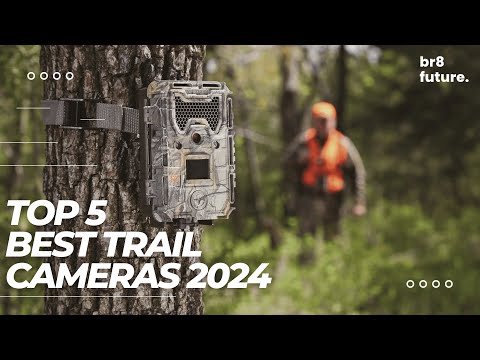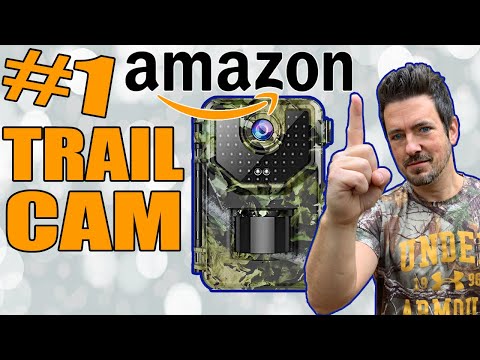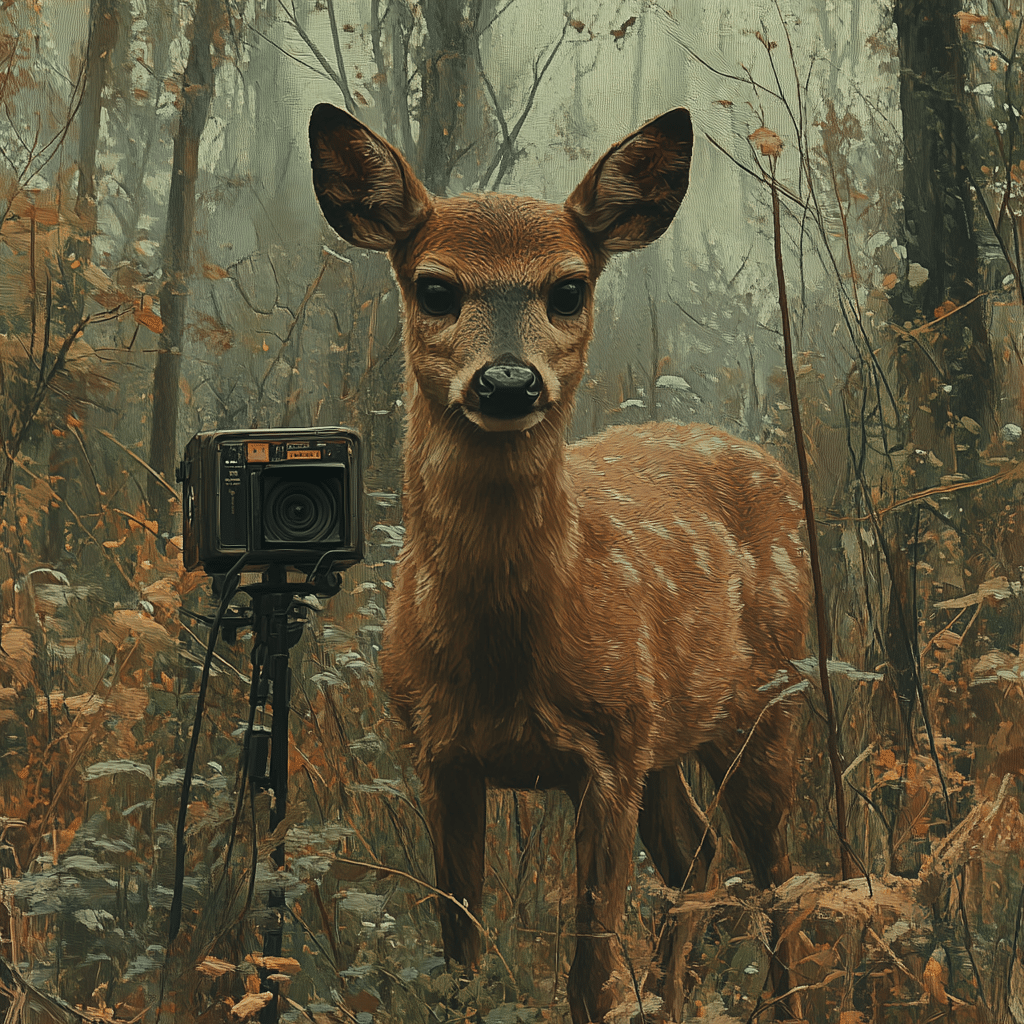
Game Camera: Capture Nature With Speed And Precision
Game cameras, often called trail cameras, have become essential tools for nature lovers and filmmakers wanting to capture the wild in real-time. These battery-operated marvels have transformed wildlife observation, allowing users to document nature without intruding on its delicate dance. Thanks to advancements in technology, modern game cameras offer an array of features that cater to everyone from casual enthusiasts to professional filmmakers and conservationists. In this article, we’ll dive into the essential elements of game cameras, explore seven standout models, and look ahead at how these incredible devices can keep us connected to the natural world.
Top 7 Game Cameras to Capture Nature with Speed and Precision
When it comes to lightning-fast triggers, the Browning Strike Force Pro XD takes the cake. Its impressive 24MP image resolution means you can capture stunning photos even in split-second moments. Plus, its silent operation makes it perfect for environments where you want to avoid disturbing wildlife—critically important for conservationists and filmmakers alike.
The Bushnell Core DS stands out with its dual sensors that deliver remarkable clarity day and night. With a 0.2-second trigger speed and 1080p video quality, this game camera ensures you’re never missing a moment of wildlife action. This makes it a popular choice among wildlife photographers and researchers who rely on precision.
Known as the “journeyman camera,” the Reconyx HyperFire 2 combines durability with high-resolution imaging. Built for extreme environments and long-term studies, this camera boasts an extended battery life, making it ideal for lengthy wildlife projects. Whether you’re in the sweltering heat or freezing cold, it’s ready for anything.
For the night owl—or rather, the night photographer—Stealth Cam G42NG shines with its excellent low-light performance. Equipped with infrared illumination, this camera captures high-quality 12MP images without revealing its presence. This sleek design makes it easier to observe camouflaged wildlife without causing disturbance.
The integration of cellular technology in the Moultrie Mobile 7000i makes it a game changer. This camera allows for remote image monitoring, which is essential for filmmakers who want to keep an eye on their setups without being there physically. Understanding its strengths can enhance your animal observation strategy.
The Spypoint Link-S Hybrid offers the best of both worlds with solar power and battery operation. Its dual functionality allows it to work as a traditional game camera or as a cellular device. This versatility ensures you’re equipped for a variety of monitoring scenarios, whether you’re out in the field or back at home.
For those just dipping their toes into wildlife photography, the Tasco Trail Camera is an economical choice without sacrificing essential features. With solid image quality and a user-friendly setup, this budget-friendly option is perfect for beginners looking to explore nature without breaking the bank.
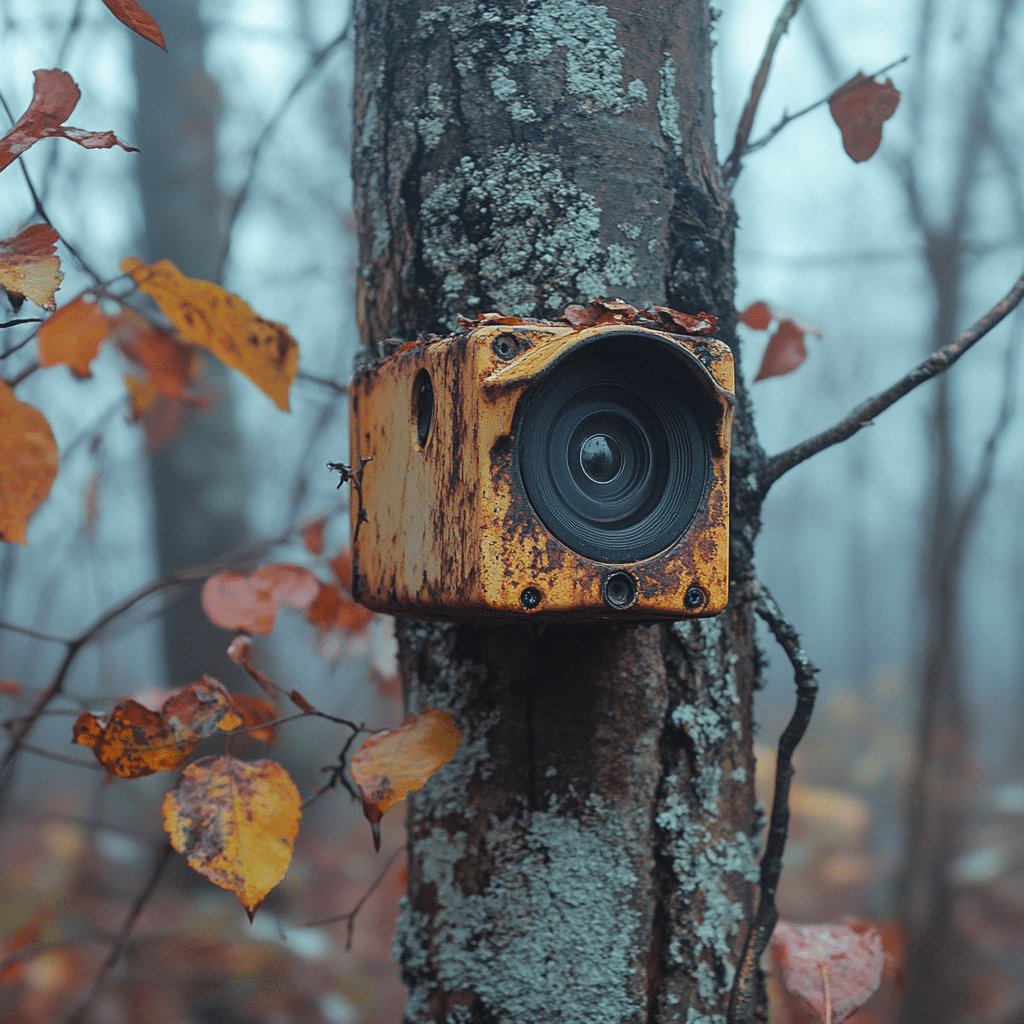
Oculus Casting: The Next Step in Wildlife Monitoring
As technology continues to grow, the adoption of Oculus Casting is blazing trails in wildlife observation. Imagine immersing yourself in the wilderness while sitting on your couch! Game cameras with high-resolution capabilities now have the potential to deliver real-time footage directly into VR headsets, creating an all-encompassing experience. Filmmakers can design captivating narratives that put viewers right in the middle of nature’s beauty while raising awareness about conservation efforts.
The blending of gaming and wildlife observation isn’t just for fun; it opens doors for educational initiatives. Imagine students exploring ecosystems from their classrooms through immersive VR experiences powered by footage from game cameras. This innovative approach can stimulate interest in wildlife preservation, creating a new generation of passionate advocates.
Oculus Casting not only brings us closer to the wildlife on-screen but heightens the dramatic presentations filmmakers can create. By using real-time footage, captivating stories spring to life, giving audiences a unique perspective on animal behaviors and natural interactions.
| **Feature** | **Detail** |
|---|---|
| Definition | Game camera / Trail camera: Battery-operated cameras capturing images quickly, often used for wildlife monitoring. |
| Setup | Quick and easy, requires minimal technical expertise. |
| Connectivity | Connects to a wireless network via SIM card for image transmission. |
| Subscription Requirement | Most wireless models require a monthly subscription for image transmission; some have free plans with limited images. |
| Home Security Use | Suitable for home security; can capture suspicious activity and provide alerts. |
| Average Price | Standard trail camera: $164.05; Cellular trail camera: $335.80; Overall average: $202.14. |
| Battery Life | Approximately 30,000 photos, subject to various factors such as day/night usage and battery type. |
| Image Resolution | Basic range: 2MP – 20MP; recommended minimum for clarity: 7MP. Most cameras traditionally have 3-5 MP native resolution. |
| Trigger Speed | Time elapsed from motion detection to image capture; varies by model. |
| Effective Range | Typically ranges from 20 feet to 80 feet, depending on the camera. |
| Multi-shot Mode | Some models capture multiple images in succession after detecting movement. |
| Infrared vs. White Flash | Infrared cameras are less likely to spook wildlife, particularly deer, compared to white flash models. |
| Key Benefits | Quick setup, remote monitoring capabilities, usability in home security, multi-shot features, and varied price ranges. |
The Role of a Portfolio Visualizer in Game Camera Output
The role of a portfolio visualizer becomes pivotal in translating captured game camera footage into storytelling artistry. Advanced editing tools like Adobe Premiere Pro and Final Cut Pro enable filmmakers to curate epic documentaries or engaging highlight reels. These platforms offer motion tracking and 4K support, which can elevate your wildlife films from simple recordings to gripping visual masterpieces.
Understanding how to harness these programs can unlock endless possibilities for showcasing the beauty of nature. With compelling videos, wildlife enthusiasts can share their stories far and wide, captivating audiences and promoting wildlife conservation messages.
In addition, a well-crafted portfolio not only displays stunning visuals but also reflects the storyteller’s unique flair. Each project can become a stepping stone for future opportunities, opening doors for collaborations, funding, and recognition in the industry.
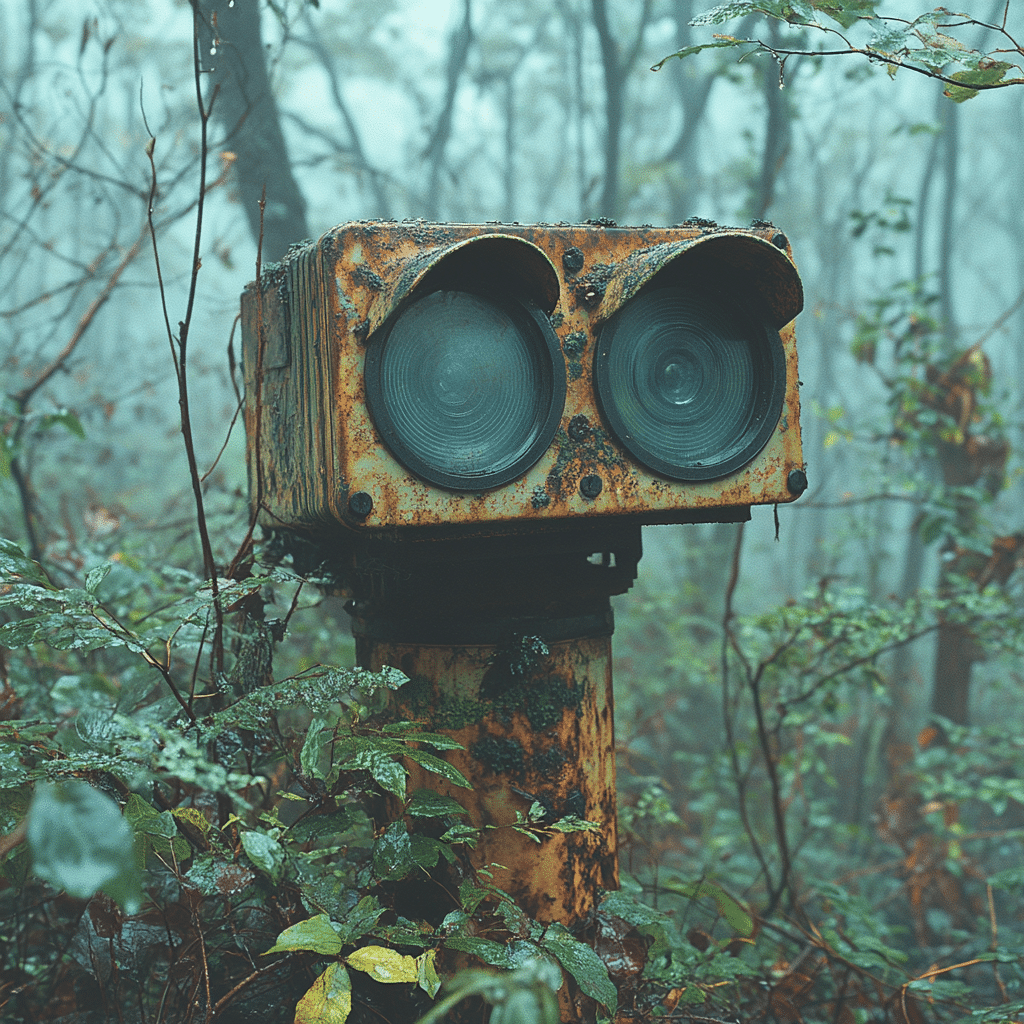
Innovation in Nature Filmmaking: Looking Ahead
As we look toward 2024 and beyond, expect the game camera industry to be at the forefront of innovation. New technologies may soon integrate artificial intelligence and machine learning capabilities that can identify species and deliver real-time data analytics. This shift represents a major step forward in wildlife observation, revolutionizing how filmmakers document nature.
Emerging trends suggest a vibrant future where game cameras not only capture images but also assist in wildlife research and environmental education. As filmmakers embrace these advancements, we should anticipate groundbreaking cinematographic techniques designed to inspire audiences about the importance of wildlife conservation.
The game camera continues to be a vital tool in bridging the gap between people and nature. With each technological advance, creators can tell more ambitious stories that resonate with broad audiences and contribute to global conservation efforts.
So whether you’re gearing up for your first wildlife shoot or you’re a seasoned filmmaker, investing in a quality game camera will help you capture nature’s stories with precision and speed. Get ready to explore the wild!
Game Camera: Fun Trivia and Interesting Facts
The Evolution of Game Cameras
Did you know that game cameras, also known as trail cameras, have undergone quite the transformation since their inception? Early models were bulky and slow, but today’s innovations have made them compact and lightning-fast. Many now capture high-definition images and videos, allowing wildlife enthusiasts to observe animals in action without disturbing them. Just as creators have transformed horror films into masterpieces, like the chilling House of Wax (2005), trail camera tech has become a fascinating angle for nature lovers keen to explore wildlife in their environments.
The rise in their usage has even influenced modern art forms. For example, artists now utilize wildlife photography prominently in projects such as the stunning artwork Of The zoo to connect people with nature. Interestingly, aside from being used by outdoor enthusiasts, these cameras have also found their way into the hands of scientists and conservationists. They offer precise data and captivating images of critters, enhancing research about animal behavior and ecosystems.
Cool Features You Didn’t Know About
One of the coolest features of game cameras is their ability to operate using infrared sensors. This means they can capture images at night without any visible flash, preserving the natural behavior of the animals. Talk about stealth! Much like thriller director Sean Miller capturing the suspense in his films, game cameras succeed at observing wildlife without disturbing their surroundings. There are even options that allow for customizable settings so users can create a setup tailored to their specific needs.
Oh, and get this: game cameras can be linked to your smartphone! That means tuning in to alerts about movement or seeing real-time photos right on your device. With this kind of technology, you’ll feel like you just stepped into the latest animated adventure, reminiscent of Mellow Yellow‘s zany scenarios. Perfect for those who thrive on instant gratification, just as readers might get hooked on the latest manga sensation, like I’m Giving the Disgraced Noble Lady.(
Whimsical Uses Beyond Wildlife
While game cameras are primarily for spotting critters, they might surprise you with their other uses! For instance, many people use them for home security or even capturing funny moments, such as a pet at play. Just like some individuals face emotional hurdles—like grief And loss For Mothers—the( world of game cameras offers a light-hearted escape, allowing users to embrace the whimsical side of life.
As prices have fallen, getting your hands on a quality game camera is easier than ever. You don’t need to break the bank—think of it as investing in a good pair of shoes, or maybe even a 30-year fixed mortgage rate chart, which can help you visualize your financial path. So be curious, explore! Spotting wildlife or even catching unusual activities in your own backyard could lead to imaginative experiences that rival a visit to an anime shop near me.( With the right game camera, your exploration could lead to stories worth sharing!
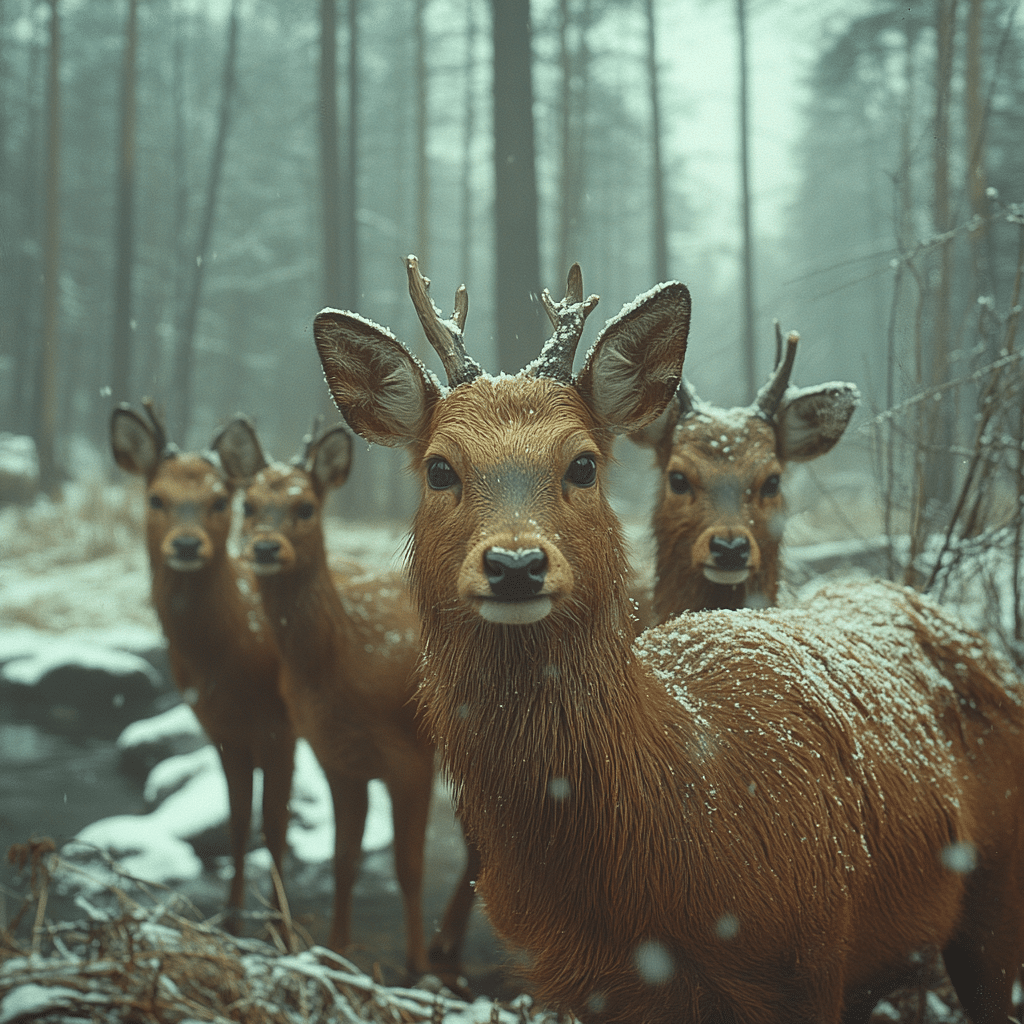
What is the difference between a game camera and a trail camera?
Game cameras and trail cameras are just two names for the same device, designed to capture images quickly and easily in outdoor settings.
Do you have to pay a monthly fee for a cellular trail camera?
Most cellular trail cameras do require a subscription for transmitting photos via mobile networks, so it’s smart to include that cost in your budget.
Can I use a game camera for home security?
Absolutely, trail cameras can be used for home security, as they’re capable of capturing and alerting you to any suspicious activity around your property.
Do Wi-Fi trail cameras require a subscription?
Yes, Wi-Fi trail cameras usually need a subscription, though some brands may offer limited free plans for a few images each month.
Why did they ban trail cameras?
Trail cameras have been banned in some jurisdictions to prevent unfair hunting advantages and maintain fair chase standards, so be sure to check local regulations.
Do you need internet for game cameras?
You don’t need internet for game cameras, but connectivity for a cellular model does require a SIM card and a mobile network.
Can a cellular game camera be used without service?
A cellular game camera won’t work without service; it needs cellular data to send photos to your phone.
Will cellular trail cameras work with any carrier?
No, cellular trail cameras don’t always work with any carrier; they only function on the networks for which they’re designed, so check compatibility before buying.
Are wireless trail cameras worth it?
Wireless trail cameras can be worth it if you’re keen on real-time alerts and remote viewing, but weigh the subscription cost against your needs.
How do you hide a game camera for security?
Hiding a game camera for security can be done by camouflaging it with natural materials or using accessories like a housing box that blends in with the surroundings.
How to catch trespassers at night?
To catch trespassers at night, use a trail camera with infrared capabilities, which captures clear images in low light without startling anyone.
How do you prevent game camera theft?
To prevent game camera theft, position it in less visible areas, use security boxes, or tether it to a tree with a sturdy cable lock.
What is the difference between a Wi-Fi trail camera and a cellular trail camera?
Wi-Fi trail cameras connect directly to your home network for immediate image sharing, whereas cellular cameras transmit images via mobile networks.
What camera system does not require a subscription?
Some camera systems don’t require a subscription and can just record to an SD card, letting you check images manually without any ongoing fees.
How do cellular trail cameras work without a subscription?
Cellular trail cameras typically need a subscription because they must use mobile network data, but some models may operate using a local Wi-Fi connection without a subscription.
Can a cellular game camera be used without service?
Yes, many trail cameras can connect to your phone, often allowing you to receive alerts and view photos remotely through an app.
Do trail cameras connect to your phone?
Disadvantages of using a trail camera include the potential for battery drain, issues with image quality in low light, and vulnerability to the elements or theft.
What are some of the disadvantages in using a trail camera?
The distance a trail camera can take pictures varies, typically ranging from 20 to 80 feet depending on the model’s specifications.






